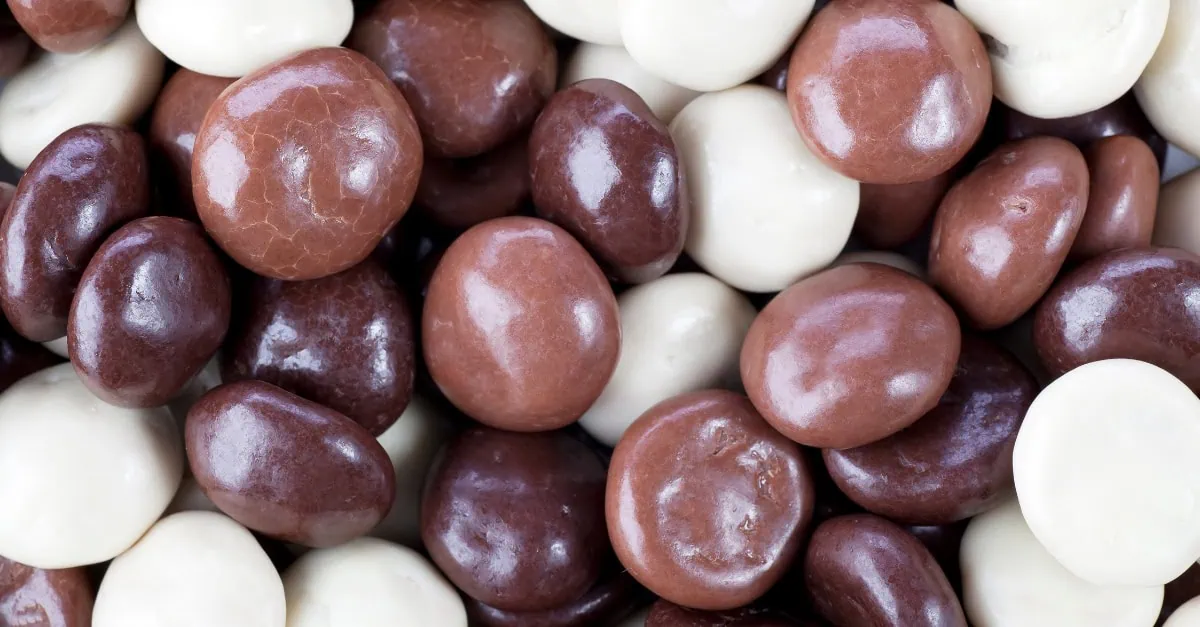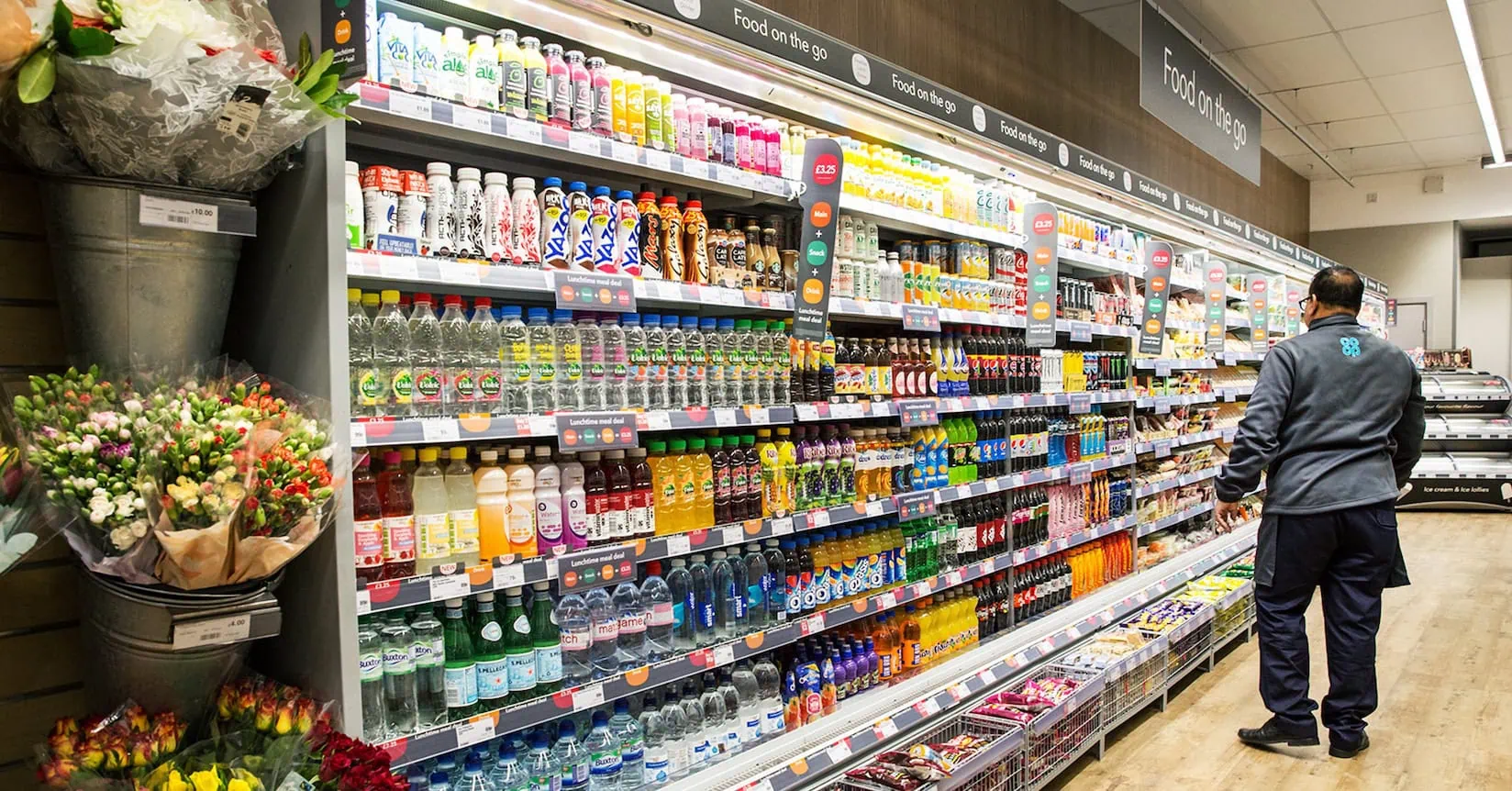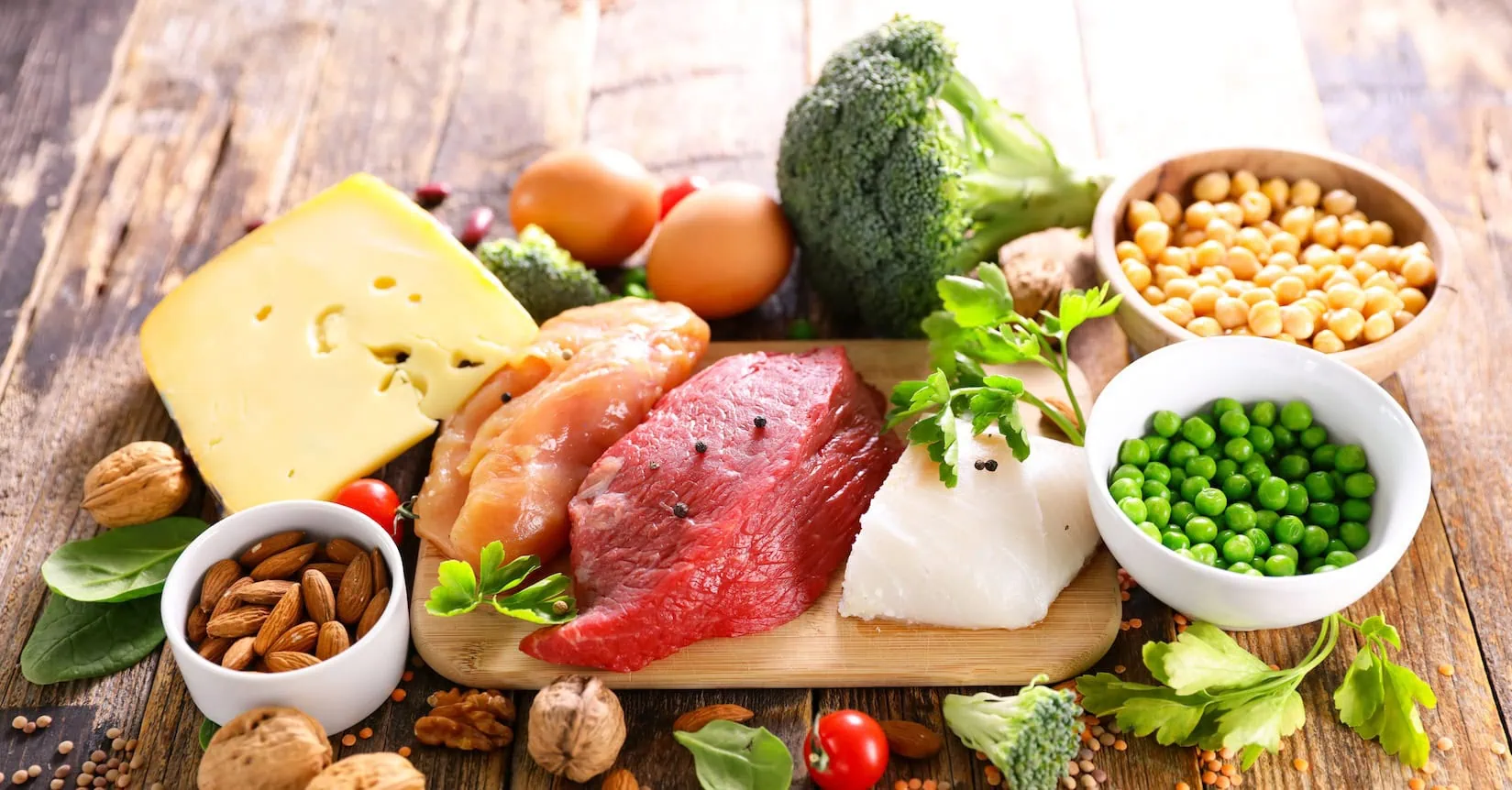Welcome back to the Dairy Café! If you’re curious about what’s happening in the dairy market right now, we’ve got you covered. From global price trends to production updates and even the challenges posed by Foot-and-Mouth Disease (FMD), this session packed in plenty of valuable insights. Let’s explore the highlights of yesterday’s webinar.
The Current State of the Dairy Market
“The dairy market in 2025 is promising to be probably volatile with a lot of uncertainty,” remarked Seb. This statement sums up the current atmosphere in the industry, as global trends continue to evolve unpredictably. Recently, butter and skimmed milk powder (SMP) prices have shown some movement, though this is largely attributed to deals made on low volumes. As Jasper explained, “The main direction we’ve seen over the past couple of weeks is slightly up due to some uncertainty, especially on the butter side.”
While butter prices edge upward, milk powder remains stable, and cheese markets are showing signs of recovery. This lack of a clear, strong trend reflects the complex dynamics currently at play.
A Closer Look at Foot-and-Mouth Disease (FMD)
Foot-and-Mouth Disease (FMD) emerged as one of the key concerns in the discussion. First reported in Brandenburg, Germany, on January 10, 2025, this disease has created significant market ripples.
“Even one case spreads a lot of concern,” noted Jasper. “Live animal transportation bans and heightened hygiene regulations have been implemented to contain the disease.” While pasteurization ensures the safety of dairy products, caution persists, particularly among German producers, whose milk prices have dipped slightly in comparison to neighboring countries.
Still, there’s reason for optimism. “For the moment, [the disease] is contained, and it’s crucial to analyze the situation carefully before reacting,” Seb emphasized. Responses from importing regions have varied—some continue to accept German products, while others have implemented stricter bans.
Global Production Trends: New Zealand and Beyond
New Zealand’s strong milk production was another major point of discussion. December saw milk solids rise by 1.38% compared to the previous year, continuing a broader trend of increased production this season. “With all this milk destined for export, it’s interesting to note that GDT prices increased despite the ample supply,” observed Jasper. Demand from Southeast Asia and North Asia, combined with FMD-driven caution in Europe, has kept prices steady.
New Zealand’s robust production is a bright spot in a market facing uncertainty. “It’s great to have a place like New Zealand producing a lot of product to ease uncertainty elsewhere,” added Seb.
Emerging Trends: WPI and Market Volatility
The surge in whey protein isolate (WPI) prices was another key highlight. At nearly €20,000 per ton, WPI has reached record highs. Jasper explained, “Consumption is at its maximum, but stocks remain tight. Producers have been cautious, focusing on made-to-order production.”
Additional WPI production facilities are planned in the U.S. this year, with European expansions expected by 2026. However, these changes will take time to impact supply, keeping prices elevated in the near term.
Key Takeaways
- Market Uncertainty: Volatility and low volumes are shaping price movements, particularly in butter and SMP.
- FMD Impact: While contained, FMD has introduced caution into the market, affecting German milk prices and export dynamics.
- Production Trends: Increased milk output in New Zealand is supporting global supply, but demand remains strong.
- WPI Shortages: High demand and limited capacity have pushed WPI prices to record highs.
Join the Conversation
Want to stay ahead in the fast-moving dairy industry? Sign up for our next Dairy Café to get the latest insights, or download our comprehensive Dairy Market Report to explore key trends shaping 2025. Don’t miss out, click the links below to join the conversation!
Sign up for the next Dairy Cafe here.
Download the Dairy Market Report (2024 Recap & 2025 Forecast) here.



